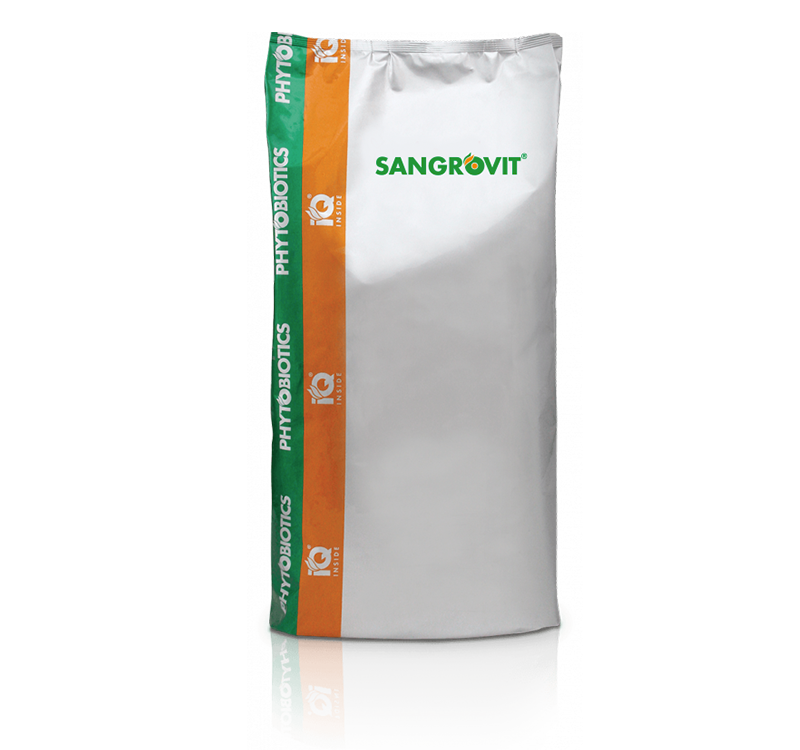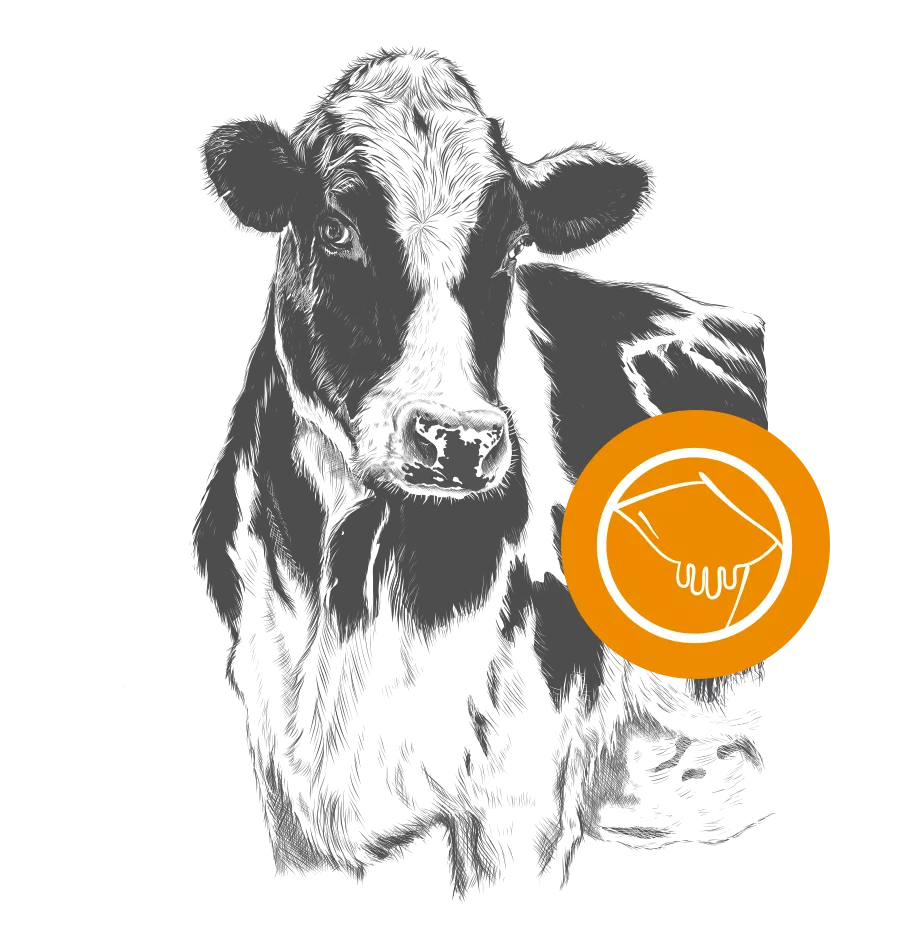Mastite e metrite em vacas leiteiras
Mastite e metrite em vacas leiteiras – prevenção é a chave!
Mastite e problemas de fertilidade estão entre as causas mais comuns para o abate preliminar de vacas de rebanhos leiteiros, representando mais de 30% das perdas totais. Há repercussões econômicas consideráveis mesmo em casos que não levam ao abate do animal, devido à redução da produção de leite, à qualidade do leite e a intervalos de parto mais longos, além do custo da medicação, o tempo e os esforços necessários para tratar os animais afetados e evitar a propagação de infecções para o resto do rebanho.
Inflamação uterina
Problemas de fertilidade são frequentemente causados por endometrite crônica e função ovariana prejudicada. Embora o estado geral das vacas afetadas seja aparentemente saudável, o útero inflamado afeta a fertilização do oócito e também pode levar ao aborto mesmo quando concepção for bem-sucedida, devido ao ambiente uterino desfavorável.
Além disso, foi relatado que a inflamação do útero pode impactar negativamente a função ovariana. Distocia, retenção de placenta e metrite clínica são fatores de risco comuns que podem levar ao desenvolvimento de endometrite subclínica crônica. Embora as condições higiênicas durante o parto e a assistência adequada da vaca durante e imediatamente após o parto sejam fundamentais para a prevenção da metrite, o manejo da vaca durante os períodos secos e de transição também é fundamental.
Escore de condição corporal elevado no momento do parto, um profundo e prolongado balanço energético negativo que poderia levar à cetose, e hipocalcemia são fatores de risco para distocia, retenção de membranas fetais e metrite clínica podem eventualmente levar à endometrite subclínica crônica.
Mastite
Boas práticas de manejo durante o período de transição são essenciais para uma lactação bem-sucedida. Estes não só reduzem o risco de mastite subclínica ou clínica, mas também outras condições prevalentes que afetam as vacas leiteiras no pós-parto. A mastite, definida como a inflamação da glândula mamária, é geralmente causada por bactérias das quais E. coli, S. aureus, S. uberis e Staphylococcus coagulase negativa (CNS) estão entre os microrganismos mais prevalentemente isolados.
Essas bactérias podem ser encontradas na flora microbiana normal da vaca (patógenos contagiosos) ou no ambiente (patógenos ambientais). O sistema imunológico de uma vaca saudável previne a colonização e a infecção por esses patógenos; além disso, uma rotina de ordenha adequada e um ambiente limpo e seco são necessários para minimizar o risco de infecções intramamárias. No entanto, uma ampla gama de fatores estressores endógenos e exógenos podem reduzir as defesas da vaca e podem levar à mastite. As vacas leiteiras de alta produção são especialmente suscetíveis a déficits energéticos devido ao baixo consumo de ração no início da lactação e alta produção de leite. Outros fatores como o estresse periparturiente, inflamação sistêmica de baixo grau, estresse social e térmico, baixo conforto das vacas, higiene e qualidade da alimentação podem iniciar uma cadeia de eventos que, em última análise, levam à mastite.
Conclusão
Deve-se dar a devida atenção para o manejo da vaca no período seco e transitório. Vale a pena otimizar o manejo das vacas visando aumentar o conforto das vacas e o meio ambiente, minimizando o estresse e a inflamação, e fornecer cuidados extras às vacas no pré e pós-parto para garantir uma lactação bem-sucedida. A alta qualidade da alimentação e uma formulação de ração ideal são tão importantes durante o período seco quanto durante a lactação. Em conclusão, durante o período de transição, todas as estratégias preventivas de manejo que descarregam o sistema imunológico são ferramentas valiosas para a saúde, produtividade e longevidade das vacas leiteiras.

Sobre o autor
Depois de atuar como veterinário de vacas leiteiras, Santiago Bas se especializou em produção de ruminantes. O objetivo de Santiago é promover a produção sustentável de ruminantes, melhorando o bem-estar e o desempenho animal através do uso de aditivos alimentares inovadores para atender às demandas dos consumidores.

Phytobiotics Sangrovit® –
A solução natural para bovinos
A linha de produtos Phytobiotics Sangrovit® da Phytobiotics garante um consumo de ração consistente durante períodos de desafio, mostrando uma contribuição positiva para uma produção de ruminantes eficiente – ovelhas, cabras, bezerros, bovinos ou vacas leiteiras.

